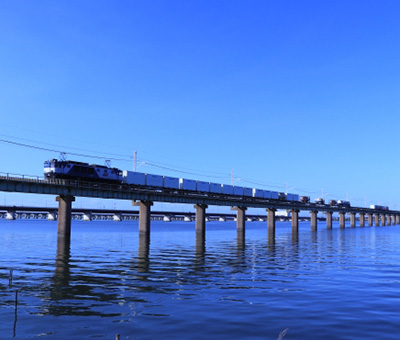A shrine which is said to have been constructed in the year of Emperor Jimmu's accession to the throne. The stunning main shrine, dedicated by Tokugawa Hidetada in 1619, was built by the same carpenter as the Toshogu Shrine.
After visiting the shrine make sure to check out the back entrance which is rich in nature as well. At the back of this path are the Mitarashi Pond and a place of misogi (purification) which have been around since ancient times.
●Information
| Tel | 0299-82-1209 |
|---|---|
| Address | 1, 2306-1 Miyanaka, Kashima City |
| Hours | Free to visit (conferment place and goshuin red ink stamp service from 8:30 a.m. to 4:30 p.m.) |
| Parking | Available |
| Access | 10 min. walk from JR Kashima Jingu Station |
| Website | https://kashimajingu.jp/ |







